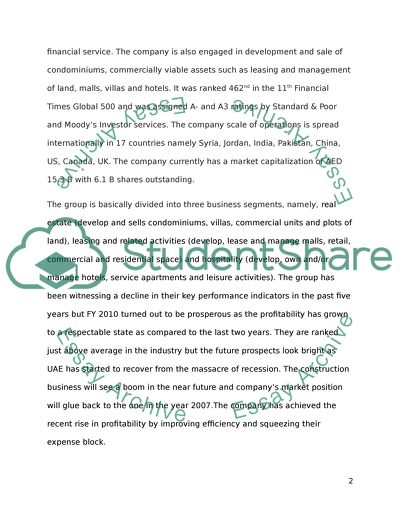Cite this document
(“EMAAR PJSC Financial Company Analysis Term Paper”, n.d.)
Retrieved from https://studentshare.org/marketing/1394258-emaar-pjsc-financial-company-analysis
Retrieved from https://studentshare.org/marketing/1394258-emaar-pjsc-financial-company-analysis
(EMAAR PJSC Financial Company Analysis Term Paper)
https://studentshare.org/marketing/1394258-emaar-pjsc-financial-company-analysis.
https://studentshare.org/marketing/1394258-emaar-pjsc-financial-company-analysis.
“EMAAR PJSC Financial Company Analysis Term Paper”, n.d. https://studentshare.org/marketing/1394258-emaar-pjsc-financial-company-analysis.


